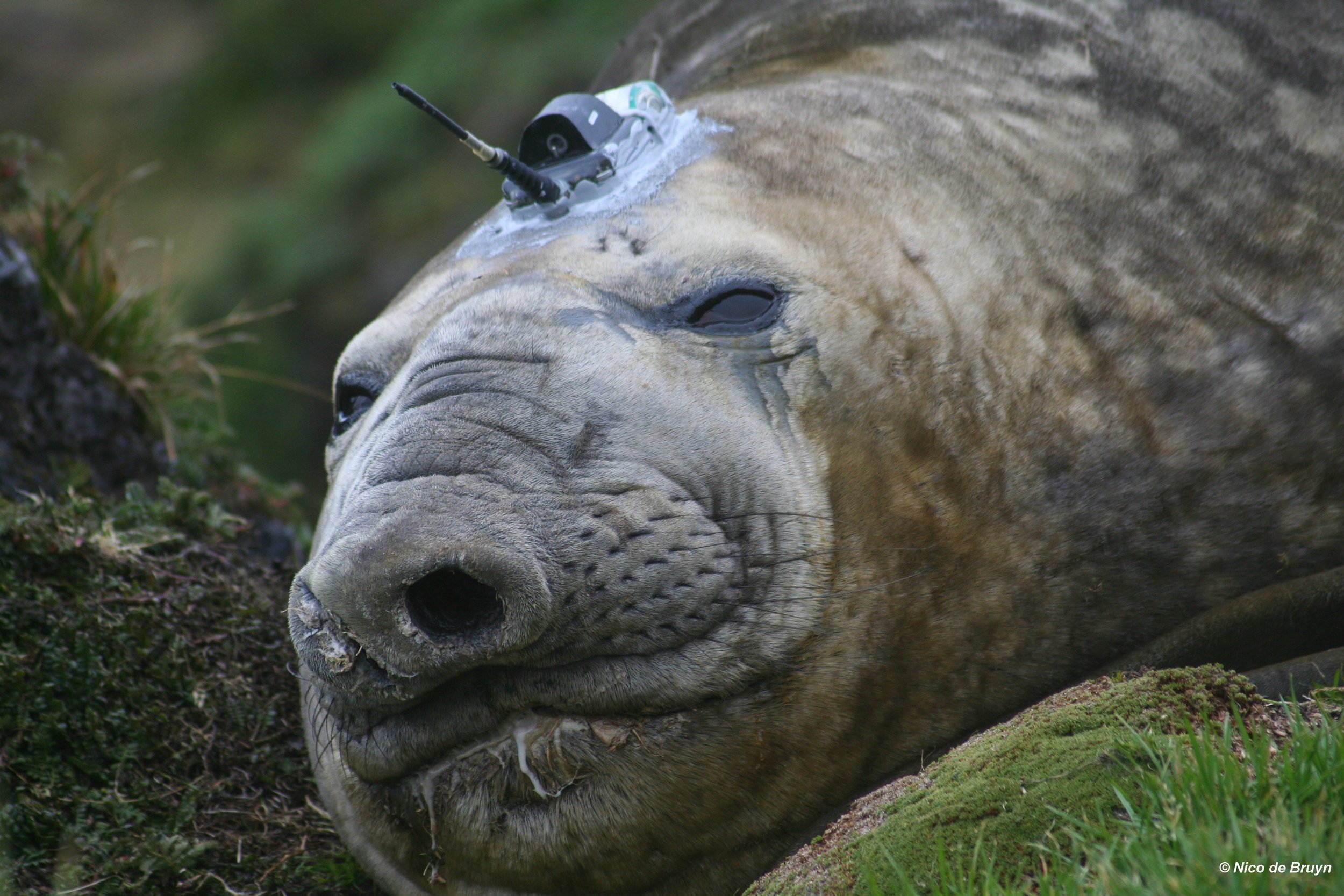A new field year, a new team.
/In April three new team members set sail for the sub-Antarctic where, for the next 14 months, Marion Island will be their home.
New sealers Michael Ross (second from left), Banele Dosi (center) and killer whaler Monica Leitner (third from right) head out on their first walk on the island accompanied by the previous year’s team © Rowan Jordaan.
This rugged island, only 25 km long and 17 km wide (290 km2 in area), is accessible only to researchers, who visit the island for 14-month stints to study the fauna and flora that call the island home. Many of the marine mammal and bird species spend most of their lives at sea foraging in the Southern Ocean, coming to the island only to breed and moult.
After arriving late in the month, the two new sealers, Banele Dosi and Michael Ross, and Killer whaler, Monica Leitner had to wait patiently for the weather to clear enough to allow the helicopters to fly off the S.A. Agulhas II before their adventures could begin on the island. Located in the infamous “roaring forties”, the island weather can shift suddenly from sunshine, to ice pellets, to rain and snow, all accompanied by predominating gale force winds. It is a harsh but magnificent landscape.
The sealers exercise their Marion knees as they head up from the beach at Macci bay © Yinhla Shihlomule.
After several days the team was flown onto the island, where for the next month they would be taught what their positions entail and learn the tricks of the trade from the previous team members during take-over. After this period the old team would head back to the South African mainland leaving the three new members, along with the rest of the M79 team, on the island until next year April.
During their time on the island the team will be responsible for collecting long-term monitoring data from the region’s top predators; southern elephant seals, sub-Antarctic fur seals, Antarctic fur seals and killer whales. This crucial data allows researchers to study the response of these animals to environmental change in the region.
Caitlin van der Merwe’s excitement is palpable as she finally explores her study site © Yinhla Shihlomule.
Joining the team for only the take-over period, MIMMP MSc student, Caitlin van der Merwe, also has the opportunity to familiarize herself with her study species. Caitlin is currently working with elephant seal tracking data to look at the at-sea behaviour of intermittent versus continuously breeding female southern elephant seals and the environmental conditions that impact this. With this project building on her previous desktop-based Honours work on the same species it is especially exciting for Caitlin to finally see her study site!




















